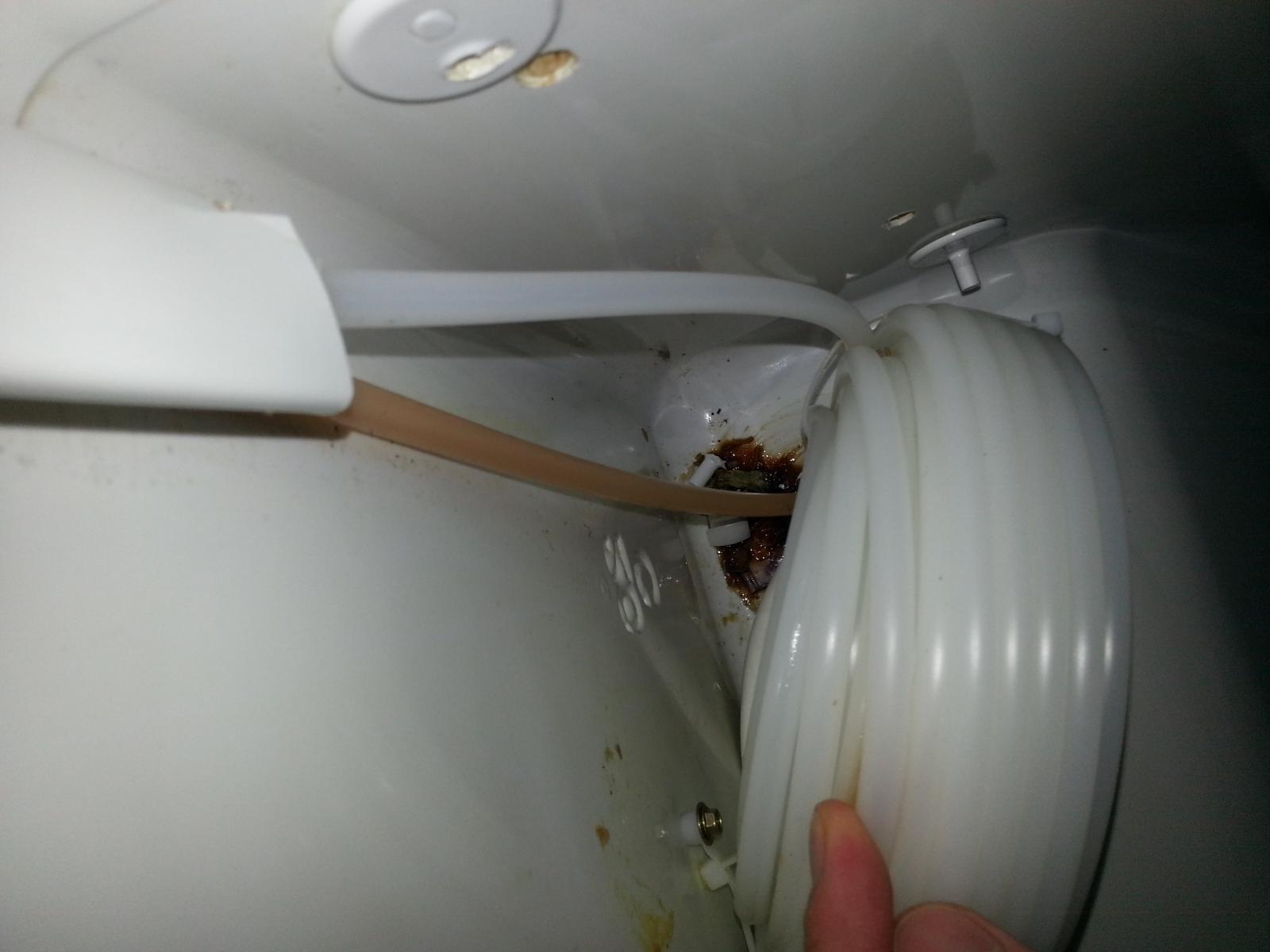brewzombie
Well-Known Member
First off, thanks in advance for any help. I am a bit out of my depth on this one.
I am the proud owner of a used side by side fridge and hope to convert it to a fridgenstein. The fridge looks serviceable, but when I got it home I noticed it leaking oil...dribbling brown stuff from the front. I took the bottom front and back panels off and can see some brown grease residue (see pics) although It's not dripping any more. I transported the fridge upright in a trailer so it bounced around a lot, but was never on its side and at most only 45 degrees when using the dolly. Can anyone guess what the source of the oil would be and suggest what steps I should take to investigate/fix it?
I found a link to the wiring for my fridge, although I don't think it will be helpful yet. http://manuals.frigidaire.com/prodinfo_pdf/Anderson/240389613.pdf


I am the proud owner of a used side by side fridge and hope to convert it to a fridgenstein. The fridge looks serviceable, but when I got it home I noticed it leaking oil...dribbling brown stuff from the front. I took the bottom front and back panels off and can see some brown grease residue (see pics) although It's not dripping any more. I transported the fridge upright in a trailer so it bounced around a lot, but was never on its side and at most only 45 degrees when using the dolly. Can anyone guess what the source of the oil would be and suggest what steps I should take to investigate/fix it?
I found a link to the wiring for my fridge, although I don't think it will be helpful yet. http://manuals.frigidaire.com/prodinfo_pdf/Anderson/240389613.pdf





